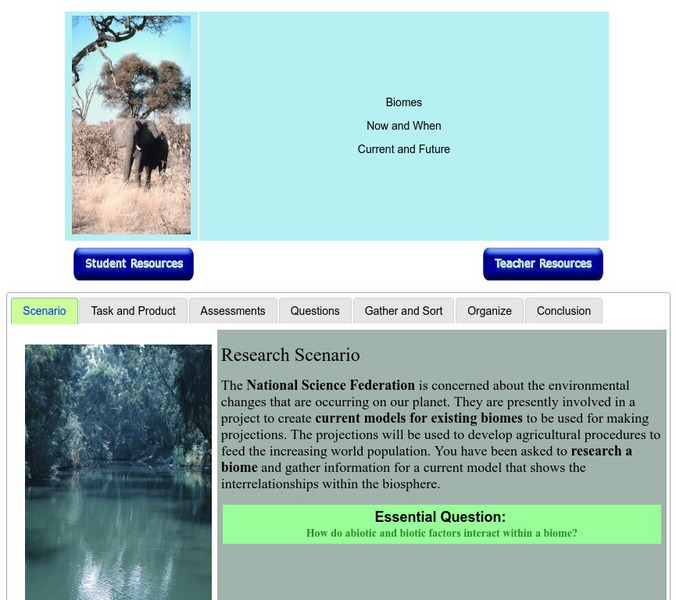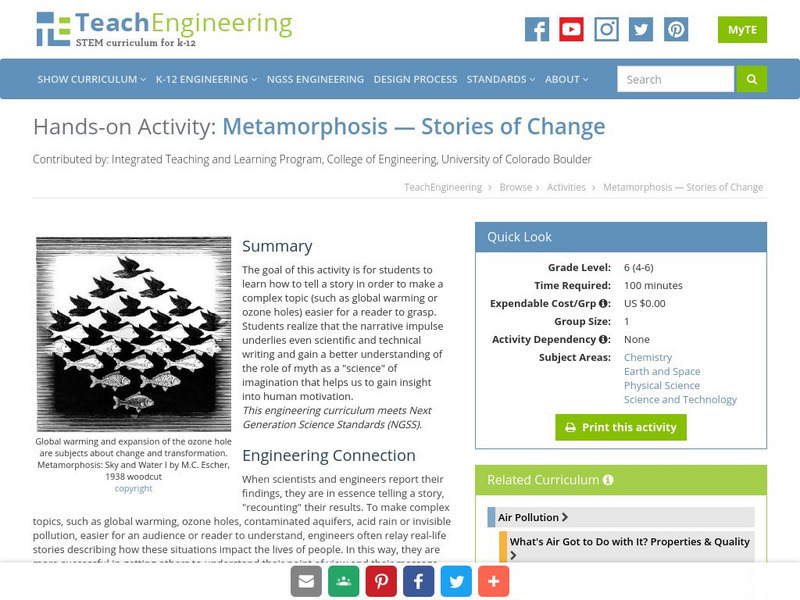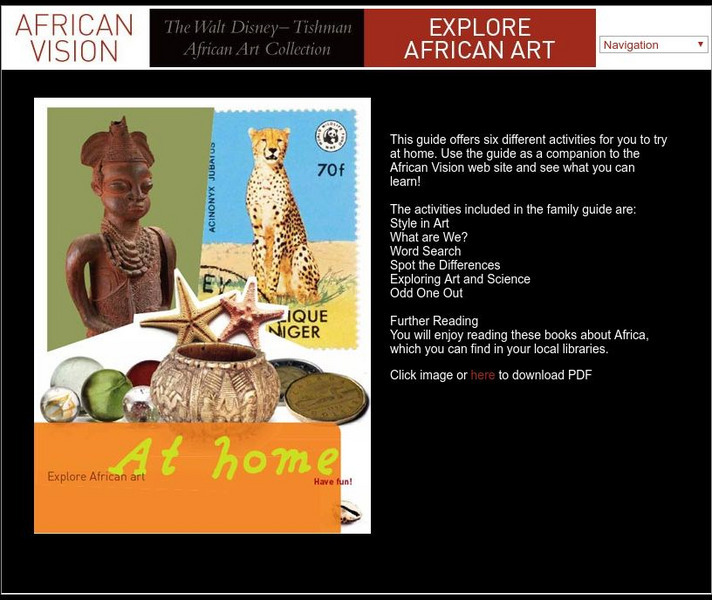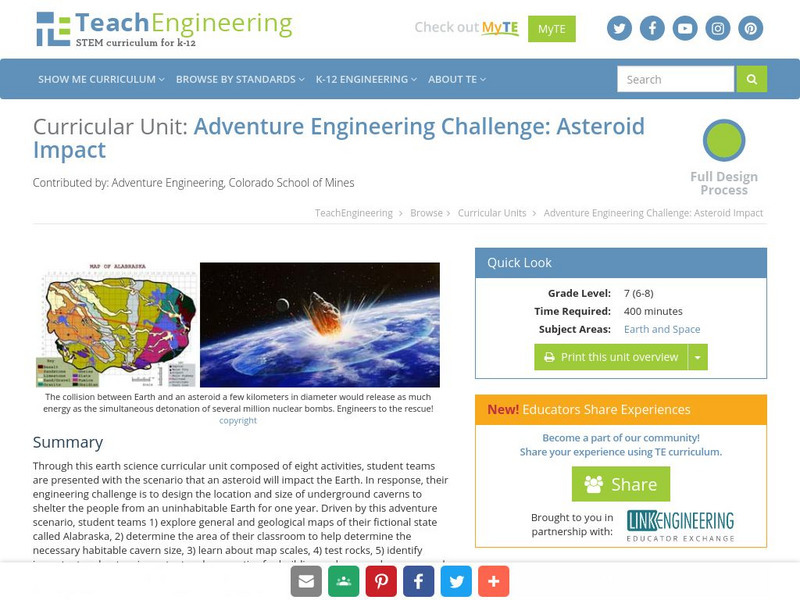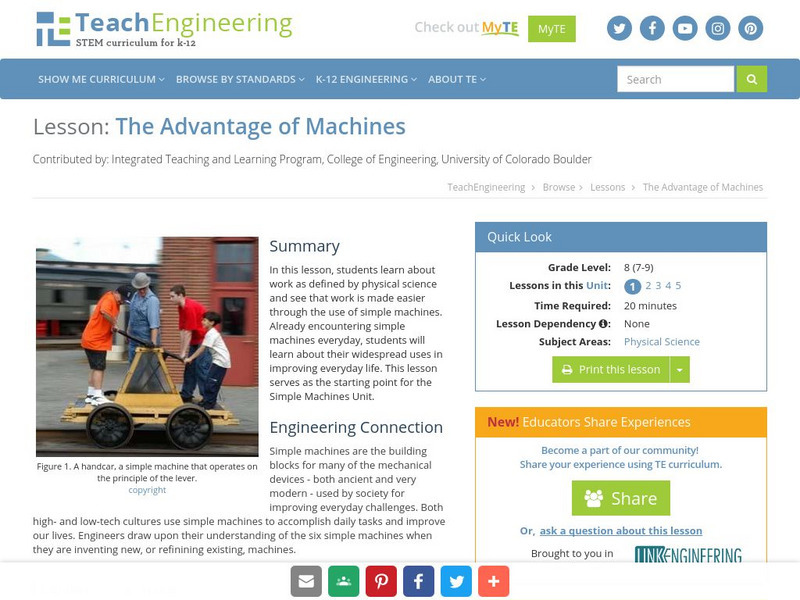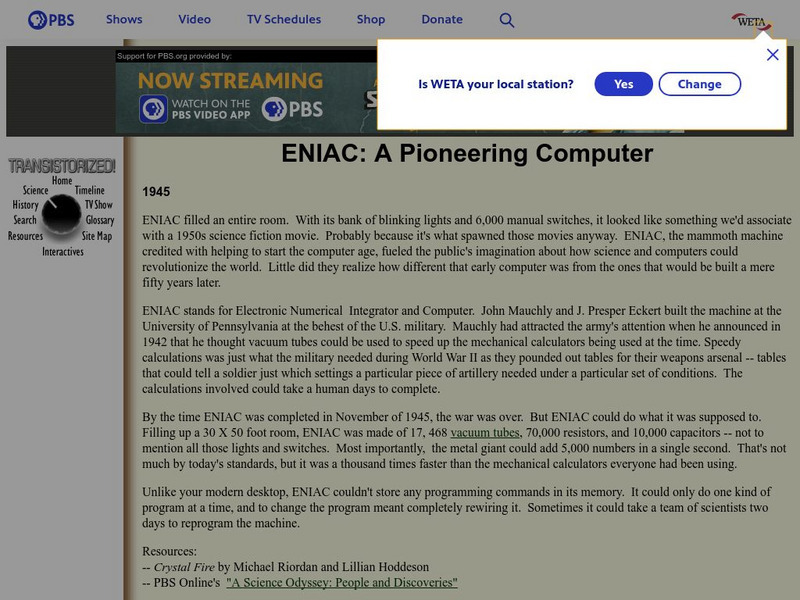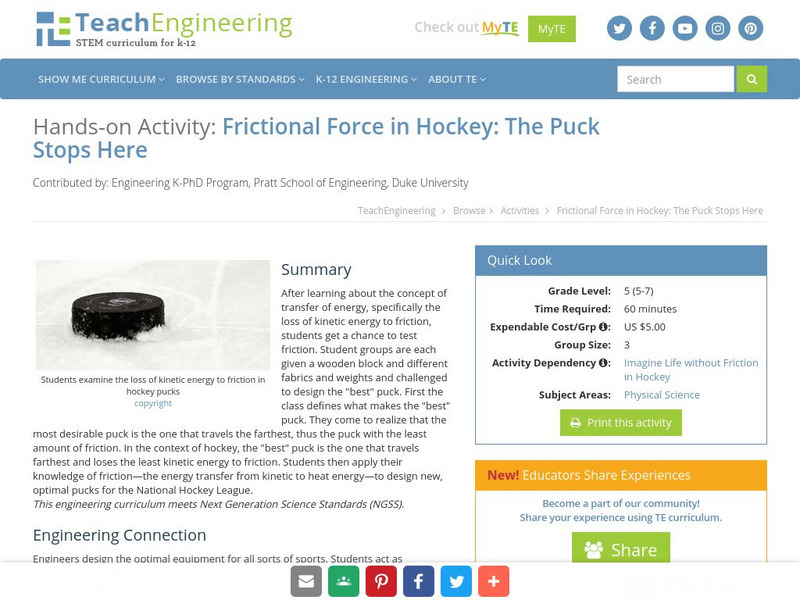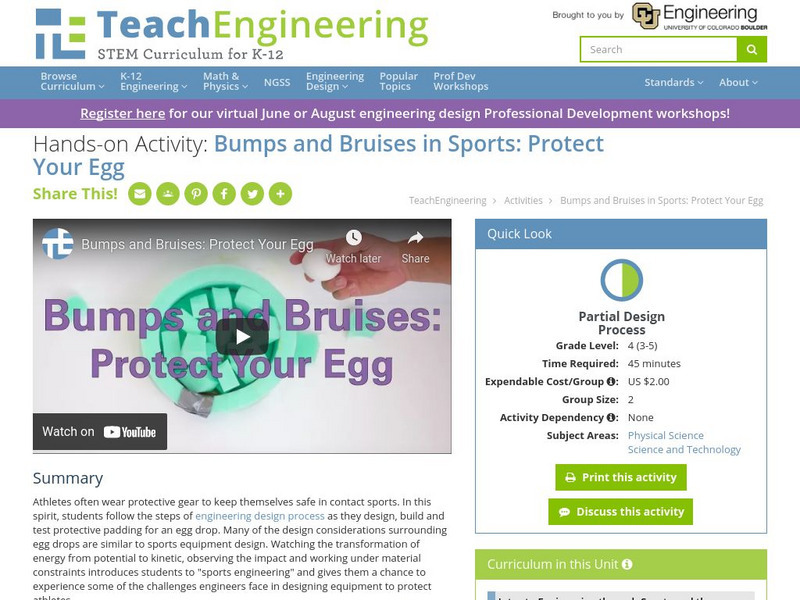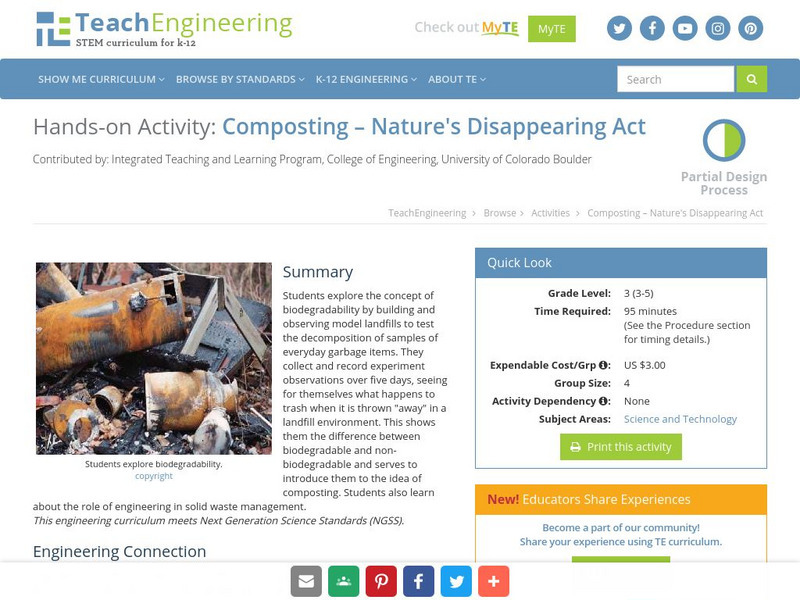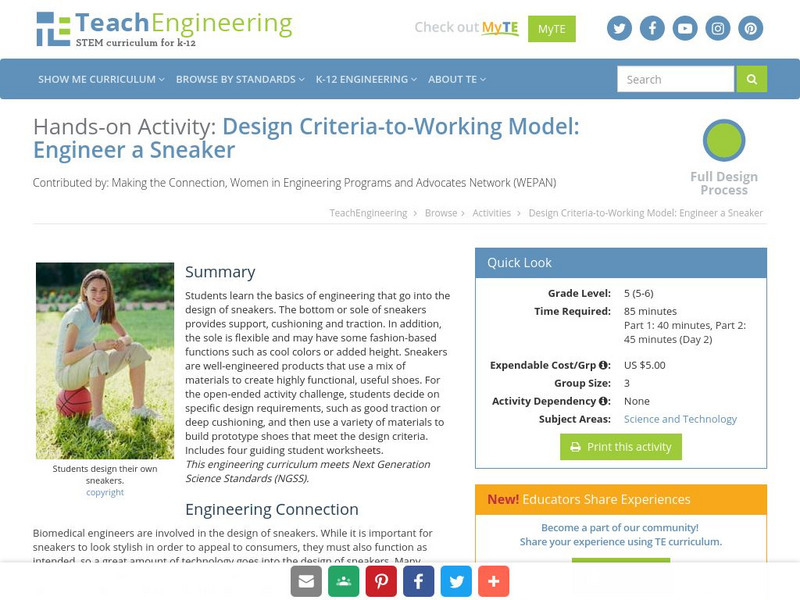American Geosciences Institute
American Geosciences Institute: Earth Science Week: What Lies Beneath the Upper Crust?
Students use the Integrated Ocean Drilling Program as an example to help them find ways of checking science news stories for accuracy. They are given a science news story and instructed to investigate the accuracy of the claims made in...
Sophia Learning
Sophia: Physics: Fluid Force Integral Calculation
Created to teach students of the 21st century, SOPHIA is bringing the 8 parts of speech straight to your fingertips. Become the commander of your own learning experiences as you take part in this interactive lesson,
American Geosciences Institute
American Geosciences Institute: Earth Science Week: Earth Science Art
Students are invited to integrate scientific understanding with artistic expression.
CK-12 Foundation
Ck 12: The Scientific Method
[Free Registration/Login may be required to access all resource tools.] In this module, students study science and understand that it has limitations. Students also explore the scientific method and investigative procedures stemming from...
Other
Baltimore County Public Schools: Biomes: Now and When (Online Research Model)
Biomes lesson designed to answer the question, how do abiotic and biotic factors interact within a biome? integrates biological concepts with literacy knowledge and skills. Includes directed questions, assessment guides, project...
TeachEngineering
Teach Engineering: Metamorphosis Stories of Change
The goal of this activity is for students to learn how to tell a story in order to make a complex topic (such as global warming or ozone holes) easier for a reader to grasp. Students realize that the narrative impulse underlies even...
Smithsonian Institution
National Museum of African Art: African Vision: Explore African Art: At Home
This printable guide is to be used in conjunction with the African Vision web site from the NMAfA. It offers six different activites to try on your own including connections between art and science as well as some games.
TeachEngineering
Teach Engineering: Strong Arm Tactics
Students generally do not know the complexity that goes into building and programming a robotic arm. In actuality, creating such an arm comes from a design that involves mechanical, electrical, and computer science engineers. This...
TeachEngineering
Teach Engineering: Asteroid Impact
Asteroid Impact is an 8-10 class long (350-450 min) earth science curricular unit where student teams are posed with the scenario that an asteroid will impact earth. They must design the location and size of underground caverns to save...
TeachEngineering
Teach Engineering: To Absorb or Reflect, That Is the Question
This is the last of five sound lessons, and it introduces acoustics as the science of studying and controlling sound. Students learn how different materials reflect and absorb sound.
Alabama Learning Exchange
Alex: Human Population Growth Web Quest
This is a technology-based lesson plan that integrates science and math to investigate the dynamics of population growth.
Alabama Learning Exchange
Alex: Using Primary Sources
This is an interdisciplinary inquiry-based instructional activity that focuses on critical thinking. Students are introduced to the true story of the first Thanksgiving with the reading of a NCSS Notable Trade Book Thanksgiving: The True...
TeachEngineering
Teach Engineering: Cereal Magnets
In this activity, students will design a process that removes the most iron from the cereal. This activity is meant for the students to experiment with different materials using what they know about iron, magnets, and forces to design...
TeachEngineering
Teach Engineering: The Advantage of Machines
In this lesson, young scholars learn about work as defined by physical science and see that work is made easier through the use of simple machines. Already encountering simple machines everyday, students will be alerted to their...
PBS
Pbs: Eniac: A Pioneering Computer
PBS offers a brief background on the Electronic Numerical Integrator and Computer (ENIAC), originally published by ScienCentral, Inc., and the American Institute of Physics.
TeachEngineering
Teach Engineering: The Puck Stops Here
After learning about transfer of energy, specifically the loss of kinetic energy to friction, students get a chance to test friction. In groups they are given a wooden block, different fabrics, and weights and asked to design the "best"...
TeachEngineering
Teach Engineering: Bumps and Bruises
Students learn about the role engineers play in creating protective gear for sports. Students then build a protective landing pad to catch a dropped egg without it breaking
TeachEngineering
Teach Engineering: Focus on Fabrics: Putting Materials to Good Use
The goal is for students to understand the basics of engineering associated with the use, selection, and properties of fabrics. A wide variety of natural and synthetic fibers are used in our clothing, home furnishings and in our travel...
PBS
Idaho Public Television: Ocean Murals
Integrative lesson plan incorporates math, science and art to teach children about the ocean and its inhabitants. Multiple activities included, approximately 4-6 days to complete. to other sources on oceans. References Bill Nye video...
Alabama Learning Exchange
Alex: Abc's of Banking
This lesson is a practical hands-on approach to banking services. The students will be able to integrate banking knowledge with practical personal applications. Students will investigate factors that influence banking services. This...
TeachEngineering
Teach Engineering: Composting Nature's Disappearing Act
In this activity, students explore the idea of biodegradability by building and observing a model landfill. This serves as an introduction to the idea of composting. Students learn about the role of engineering in solid waste management.
TeachEngineering
Teach Engineering: Solid, Liquid or Gas?
Students are given a variety of materials and asked to identify if each material as a solid, liquid or gas. They use their five senses - sight, sound, smell, texture and taste - to identify the other characteristics of each item.
TeachEngineering
Teach Engineering: Ball Bounce Experiment
Many of today's popular sports are based around the use of a ball, yet none are completely alike. In fact they are all designed with specific characteristics in mind. Students will investigate different balls' abilities to bounce and...
TeachEngineering
Teach Engineering: Engineer a Sneaker
The goal is for students to understand the basics of engineering that go into the design of a sneaker. The bottom or sole of a sneaker provides support, cushioning, and traction. In addition the sole is flexible and can have some fashion...
Other popular searches
- Integrated Science and Math
- Integrated Science Units
- Integrated Science Sose
- Integrated Science and Art
- Integrated Science Lessons
- Integrated Science Inquiry
- Integrated Science Souse
- Integrated Science and Health
- Science Integrated With Math
- Math Integrated Into Science




